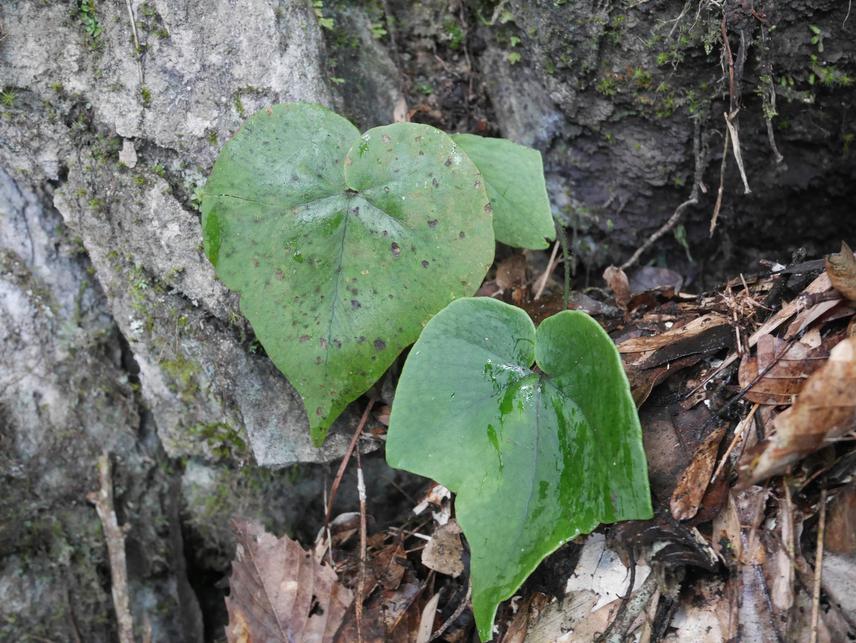Ngan Lu Thi
Other projects
9 Jul 2020
Study on Diversity and Conservation of Two Fern Genera Arachniodes and Polystichum (Dryopteridaceae) on Limestone Karsts and Caves in Vietnam
Limestone Mountains are often characterized by high biodiversity and are home to endemic species. However, there are a very small number of research on Vietnamese limestone plants, especially ferns. The endangered fern (EN), Cyrtomium hemionitis Christ was found in declining populations (5, 10 individuals each) in Quan Ba, Ha Giang in 2021 (Field trip covered by 1st Rufford Small Grant). We did not observe this species in the surrounding area, such as, Meo Vac, Vi Xuyen, Yen Minh, Hoang Su Phi. Together with forest officials, Bat Dai Son Nature Reserves, village heads, etc., we organized a training course for people living near the endangered species to raise their awareness because species conservation always requires community involvement. To be successful in species conservation, it is necessary to know the number and characteristics of populations, the distribution area of the species, threats and conservation orientation (zoning for in situ conservation, planting, propagation, etc.).

With this effort, we want to continue to expand the search area for this endangered species and other threatened ferns in the limestone areas of northern Vietnam (Ha Giang, Hoa Binh provinces; plus, Caobang province if possible) with main aims: Assessing biodiversity and conservation status of limestone ferns; and orienting the conservation of fern species are on the danger of extinction. Four main practical conservation outputs from this work. First, conservation status and threats determine to fern species on the limestone areas and for endangered species, Cyrtomium hemionitis; second, trained local people, foresters with increased awareness about protecting these species and forest conservation; third, an assessment of the long-term effect of current conservation practices on future conservation of the Vietnamese ferns and forest as well; fourth, propagation from spores to produce young plants of threatened species (experimental stage).